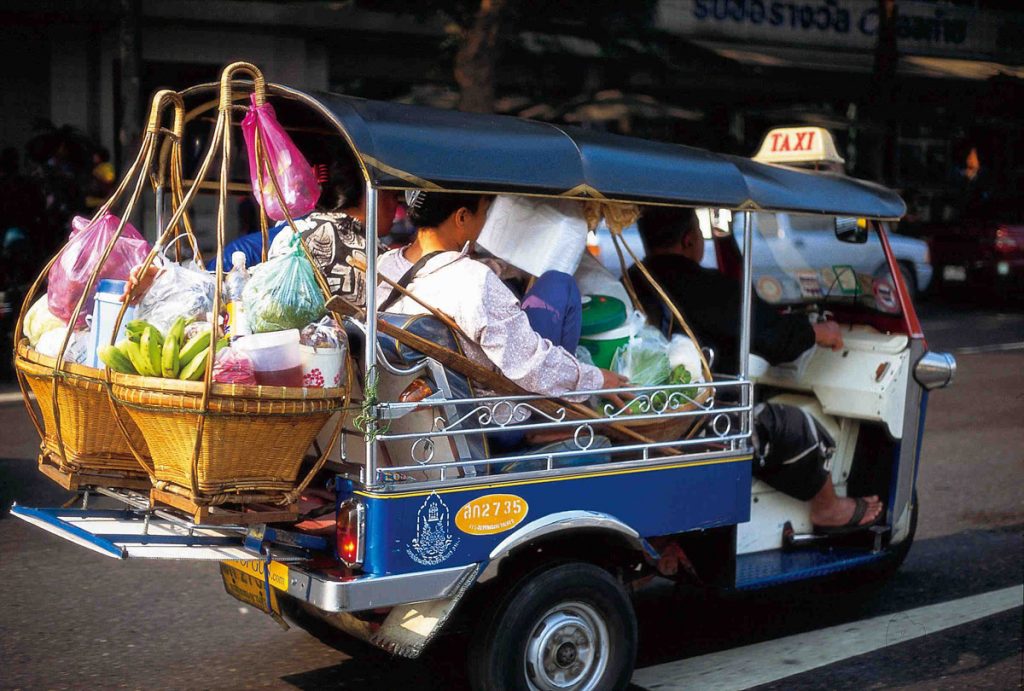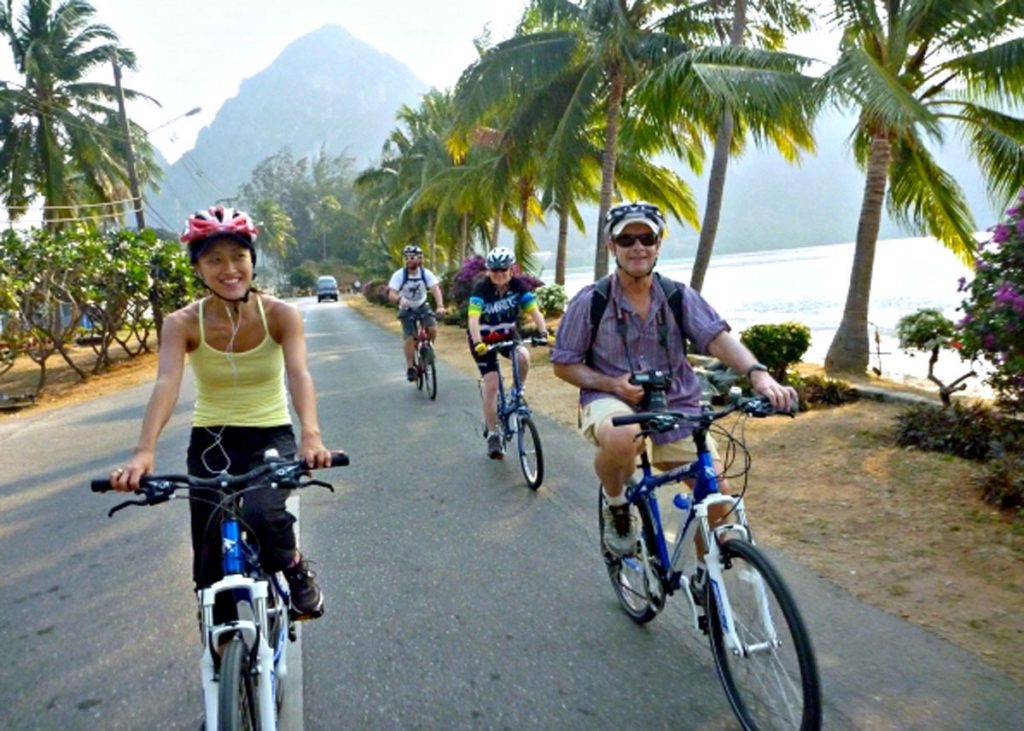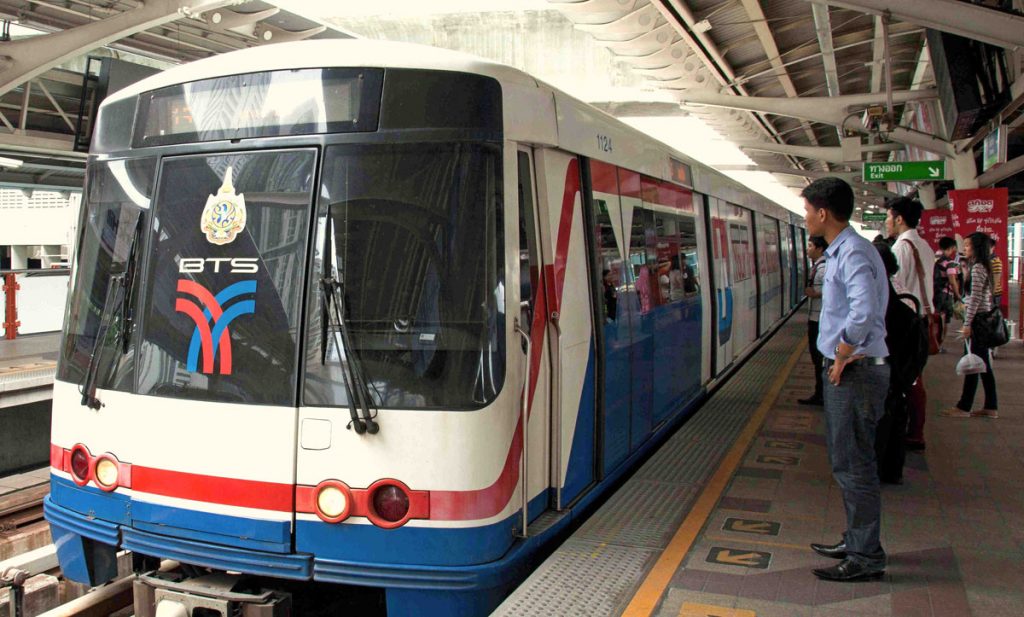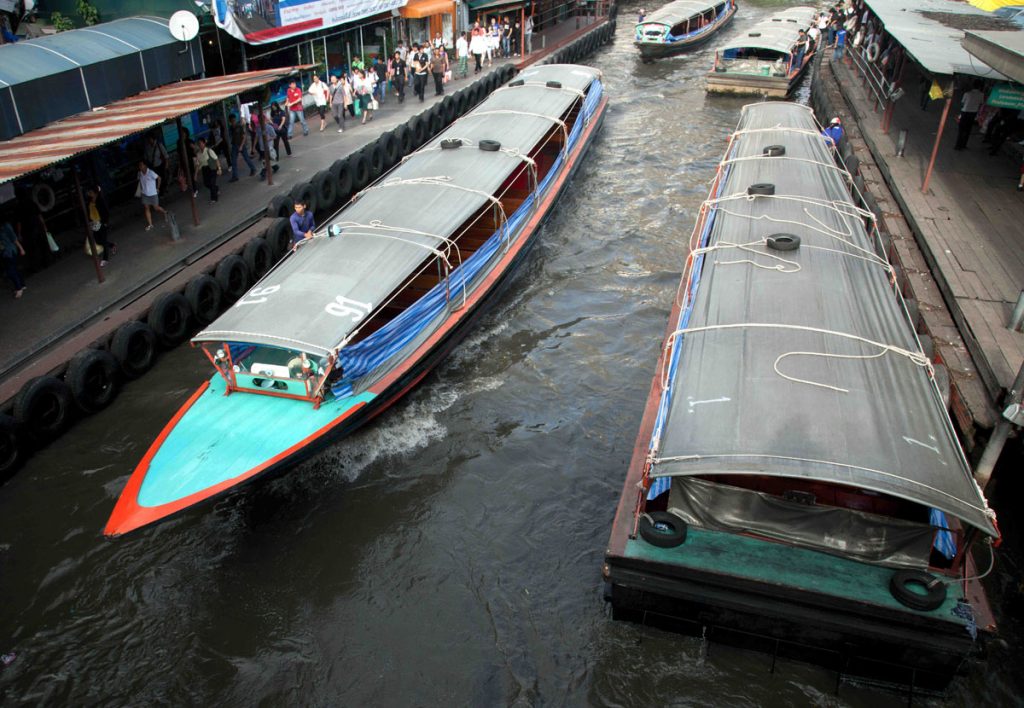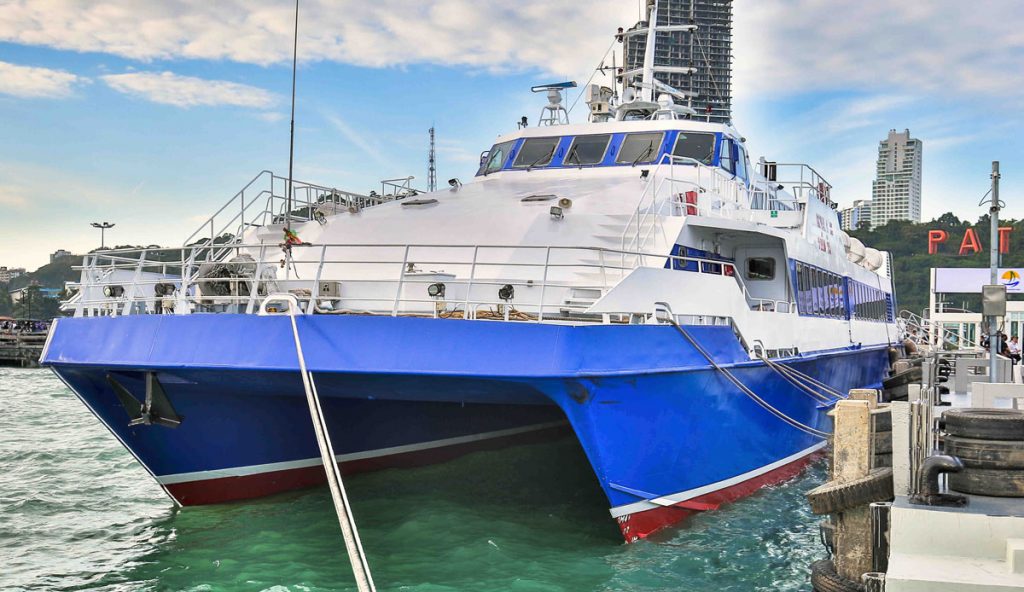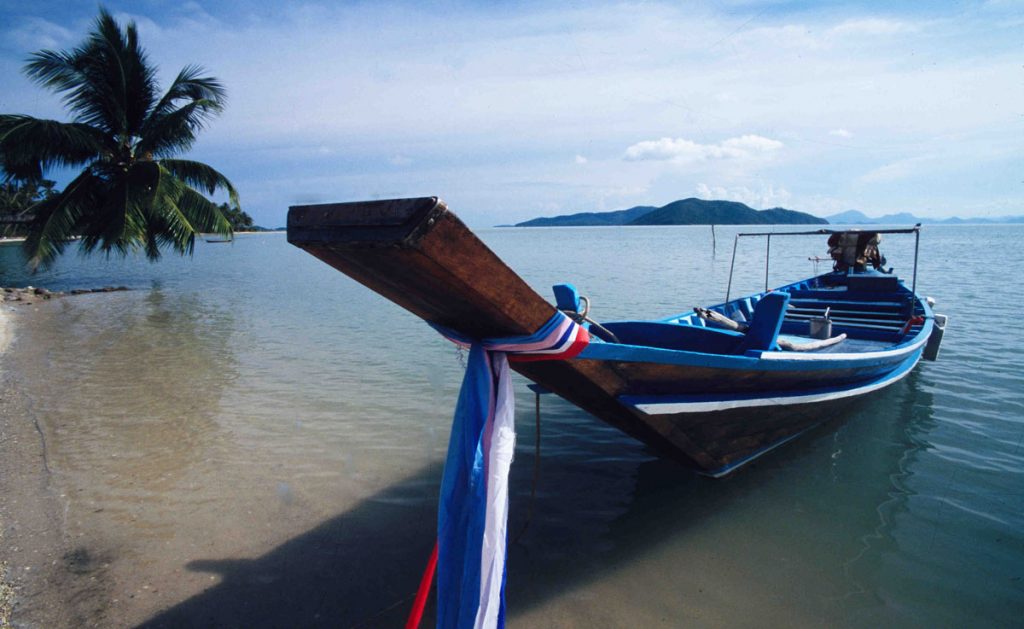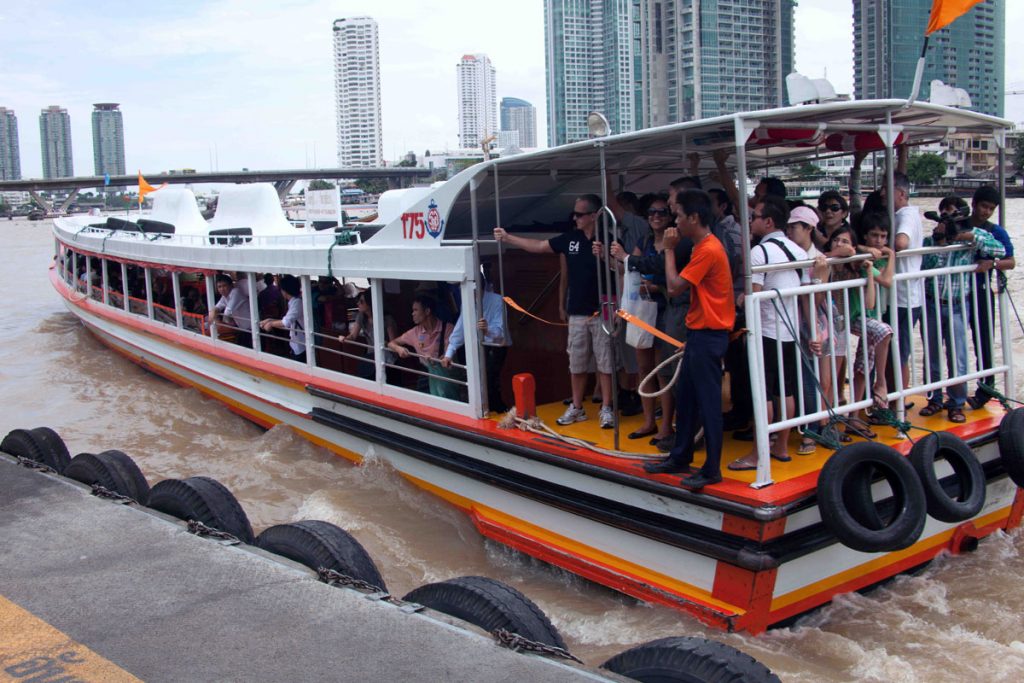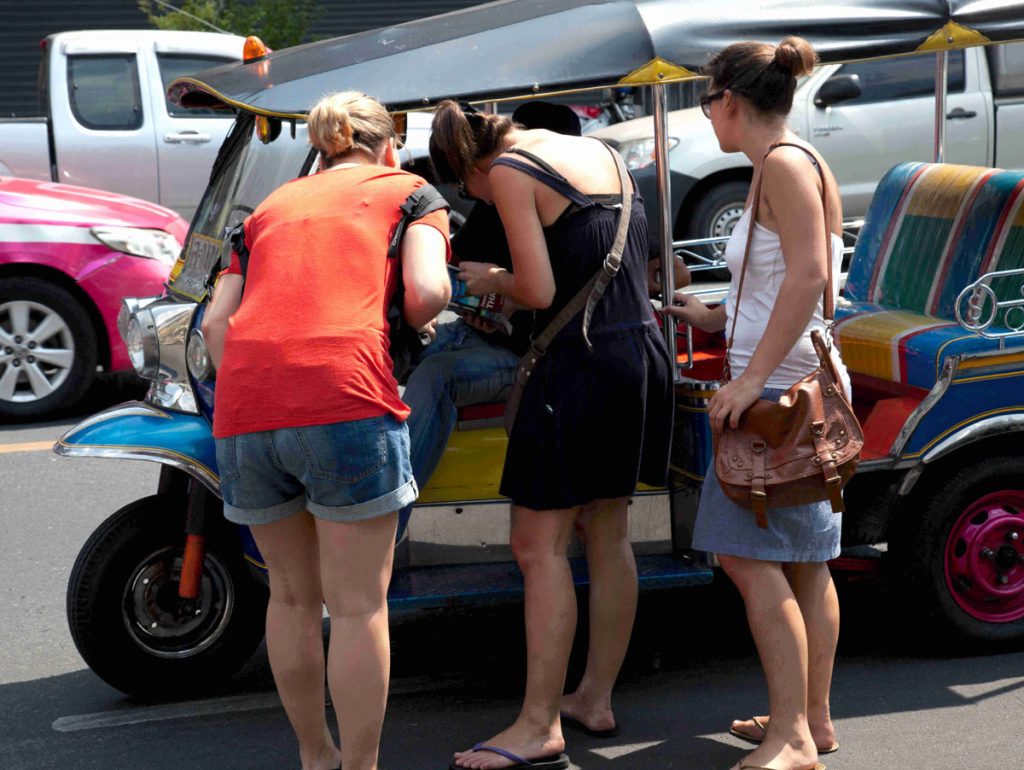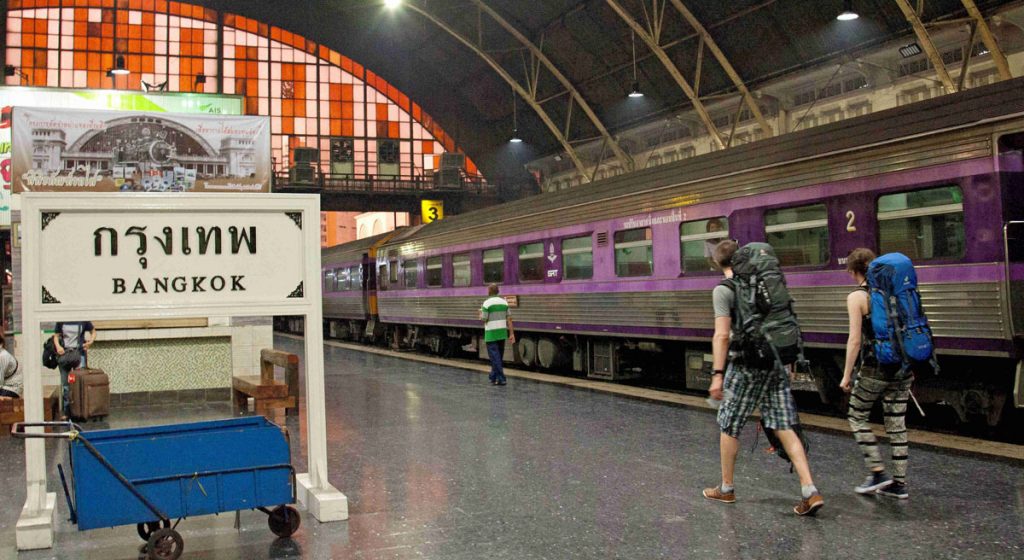Travel writer Roderick Eime explores the mighty megamall of ICONSIAM.
Bangkok’s newest megamall, ICONSIAM, opened in 2019 to great fanfare on the eve of the global pandemic. The US$1.5 billion complex must have had investors in a cold sweat as cities and travellers came to a grinding halt for two years.
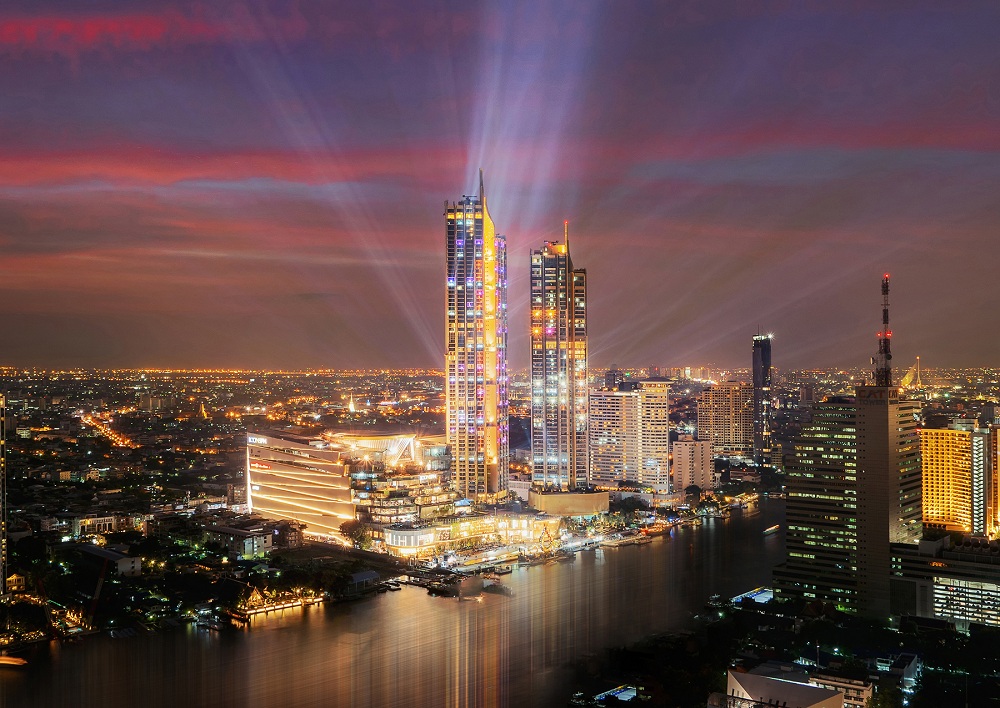
In spite of the unfortunate timing, the opening went ahead and the enormous retail, residential, hotel, exhibition and entertainment precinct opened to the public “out of a strong desire to present all that is great about Thais and Thailand.”
Excited by the superlatives used to describe this megamall, I ventured to the site via the free ferry that leaves Sathorn Pier right next to the Saphan Taksin BTS station on the opposite side of the Chao Phraya River.

The boat deposits us at the private pier at the foot of the towering 70- and 52-floor residential towers that sit atop the ten floors of the half-million square metres of retail space. That’s 90 football fields, by the way. And the larger of the two towers, the Magnolias Waterfront Residences, is now the tallest building in Bangkok, pipping the King Power MahaNakhon by four metres.
You can also reach ICONSIAM on the dedicated BTS (Gold) Line, or if you have your own car, park in one of the 5000 spaces.
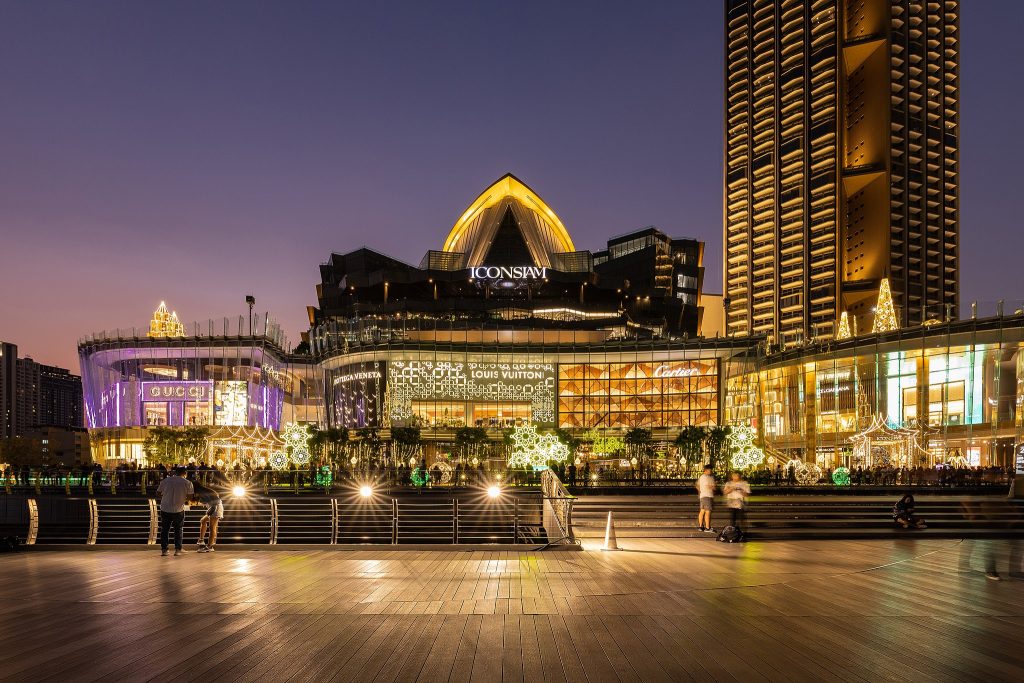
The glittering ground floor atrium is like entering a cathedral devoted to the magnificence of consumerism. I’m immediately confronted with the global denominations that represent the almighty gospel of glamour: Louis Vuitton, Gucci, Versace and Boss among the 500 stores and 7000 brands.

In an effort to display some economic equilibrium, the range of stores and goods extends from the dizzying heights of Porsche and Prada to 7-Eleven and Starbucks. Diners can choose from more than 100 eateries and indulge themselves with Michelin-starred Blue by Alain Ducasse through every layer to the grassroots of the sprawling food court, Sook Siam, on the ground floor where global gastronomes can sample street-priced cuisine from Thailand’s 77 provinces.

Credit: BunBn via Wikimedia Commons 
Credit: Roderick Eime
“It looks like a hyperreal version of Thailand in food court form,” says Thai-born Kisnaphol ‘Sid’ Wattanawanyoo, a Lecturer at Melbourne University’s School of Architecture and Design, “you could also say, being located on the royal river, it follows the flow of history back to when British traders opened up Thailand to the world in the mid-19th century. To this end, ICONSIAM follows that tradition and is representative of the best of Thailand.”

That philosophy is echoed precisely in the creators’ mission, the same company that brought us Siam Paragon, Siam Center and Siam Discovery.
“ICONSIAM has operated under the guiding principle of collaboration to benefit all sectors of society,” said Pasinee Limatibul, Chairman of ICONSIAM Co., Ltd at the centre’s launch, “and is proud to serve as a new symbol of collaboration and as proof that collaboration in society can yield great and sustainable benefits for all citizens and the nation.”
Lofty ideals perhaps, but Thailand’s political pragmatism has seen the country rise from a paddy-field economy to a regional powerhouse without the devastating colonial conflicts inflicted on its neighbours during the last century or more.
An excursion to ICONSIAM can easily consume a full day if you were to explore the enormity of it all. Even a simple, leisurely walk around each of the ten floors with a stop for a latte or bubble tea, can amount to a substantial hike. My pesky smartwatch even congratulated me on reaching 10,000 steps hours earlier than I would normally.
Words: Roderick Eime.
For full details on ICONSIAM, visit the official website.

